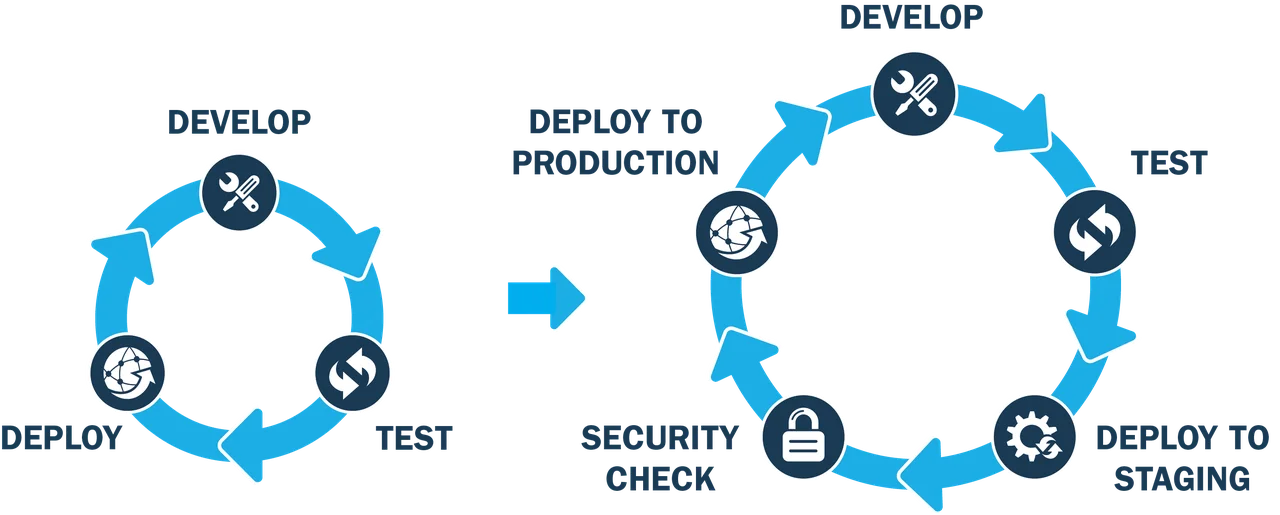Security in Continuous Integration
PUBLISHED IN
Continuous Deployment of CapabilitySoftware development teams often view software security as an afterthought, something that can be added on after the product is fully functional. Although this approach may have made some sense in the past, today it's largely seen as a mistake since it can lead to unanticipated vulnerabilities in released code. DevOps provides a mechanism for change and enforcement when it comes to security. DevOps practitioners should find it natural to integrate a security focus into development iterations by adding security tests to their continuous integration process. Continuous integration is the practice of merging all development versions of a code base several times a day. This practice provides the same level of automated enforcement for security attributes as for other functional and non-functional attributes, ultimately leading to more secure, robust software systems.
Making security testing a part of continuous integration enforces security standards on your software and identifies security as a first-class quality attribute of your project. Making this decision from the start on a new project enables those responsible for development and operations to make knowledgeable decisions about the architecture, design, and implementation with full consideration given to necessary security requirements. This process may mean choosing certain technologies over others based on security concerns. For instance, choosing to implement secure sockets layer (ssl) rather than sending data in the clear may improve application security. Being forced to make security decisions early may also mean that developers are incentivized to define expected development processes in a way that requires a certain level of security-focused unit test coverage for critical modules. For instance, employing tests to check that sql injection prevention is being employed properly. By enforcing these decisions through continuous integration, teams can use their existing DevOps practices to ensure an unwavering--yet attainable and efficient--focus on software security.

The image above represents one approach for adding security testing to the DevOps cycle.
While continuous security testing on new projects is clearly ideal, a strong argument exists for retrofitting security testing to continuous integration for ongoing software projects, even if security testing has been previously non-existent. As new features are secured, existing unchanged features may also see security benefits. Moreover, exposing the lack of security thinking in previous processes (e.g., by automating test coverage metrics or failing builds for security oversights) can motivate developers to refactor and secure previously unattended code. While this new security influence may take some time to propagate through existing codebases, fostering a security-aware culture in software development teams is a long-term win for any organization.
Every Thursday, the SEI Blog will publish a new blog post that will offer guidelines and practical advice to organizations seeking to adopt DevOps in practice. We welcome your feedback on this series, as well as suggestions for future content. Please leave feedback in the comments section below.
More By The Author
More In Continuous Deployment of Capability
PUBLISHED IN
Continuous Deployment of CapabilityGet updates on our latest work.
Sign up to have the latest post sent to your inbox weekly.
Subscribe Get our RSS feedMore In Continuous Deployment of Capability
Get updates on our latest work.
Each week, our researchers write about the latest in software engineering, cybersecurity and artificial intelligence. Sign up to get the latest post sent to your inbox the day it's published.
Subscribe Get our RSS feed
